Anticoagulant Risk Calculator
Based on the latest guidelines from the American College of Physicians and European Society of Geriatric Medicine, this tool helps you understand the balance between stroke risk and bleeding risk while on anticoagulants. Your CHA2DS2-VASc and HAS-BLED scores, plus your fall frequency, determine whether continuing anticoagulation is safer than stopping.
Score your stroke risk based on factors like age, high blood pressure, and diabetes.
Score your bleeding risk based on factors like high blood pressure and kidney issues.
How often do you typically fall each year? (Average is 1-3 falls per year for seniors)
Enter your scores to see the risk balance
When you’re on a blood thinner, the fear of falling isn’t just about bruising. It’s about the silent, life-threatening risk of internal bleeding-especially in the brain. But here’s the truth most doctors won’t tell you: fall risk alone should never stop you from taking anticoagulants if you need them. Millions of older adults with atrial fibrillation are unnecessarily afraid to take these life-saving drugs because they’ve been told, "You might fall, so we won’t prescribe it." That belief is outdated, dangerous, and not backed by science.
Why Falling Doesn’t Mean Stopping Blood Thinners
Think about this: if you have atrial fibrillation (AFib), your risk of stroke is 3 to 5 times higher than someone without it. For someone with a CHA2DS2-VASc score of 3 or higher, that’s a 3% to 5% chance of stroke every year. Now, how often do people fall? In nursing homes, over half fall each year. In the community, about one in three adults over 65 falls annually. But here’s the key number: the chance of a serious brain bleed from a fall while on a blood thinner is only 0.2% to 0.5% per year. That’s less than one in 200 people.
Let’s do the math. You’d have to fall 295 times in one year for the bleeding risk from your blood thinner to outweigh the stroke risk you’re avoiding. That’s nearly once a day. Most people don’t fall that often. Even if you’ve had one or two falls in the past year, your stroke risk still far outweighs the bleeding risk.
Doctors used to avoid prescribing anticoagulants to older patients because of fall risk. But the American College of Physicians, the American Heart Association, and the European Society of Geriatric Medicine now all agree: fall risk is not a reason to withhold anticoagulation. In fact, withholding these drugs is more dangerous than taking them-even if you fall.
DOACs Are the New Standard for Fall-Risk Patients
If you’re on a blood thinner for AFib or a blood clot, you’re likely on a DOAC-direct oral anticoagulant. These include apixaban, rivaroxaban, dabigatran, and edoxaban. They’ve replaced warfarin for most people because they’re easier to use and safer.
Here’s why DOACs matter if you’re at risk of falling: they reduce your chance of a brain bleed by 30% to 50% compared to warfarin. Warfarin requires frequent blood tests and is sensitive to diet and other meds. DOACs don’t. They’re more predictable. And if you do have a fall, the odds of a deadly bleed are much lower.
Some doctors still try to "dose down" DOACs to make them safer. Don’t let them. Reducing the dose of a DOAC doesn’t lower bleeding risk much-it just makes the drug less effective at preventing strokes. The 2023 European Geriatric Medicine review says this practice is not recommended. Stick to the standard dose unless your kidney function is severely impaired.
What Actually Matters: Assessing Your Real Risk
It’s not about whether you’ve fallen. It’s about your stroke risk and your bleeding risk. Two scores tell the story:
- CHA2DS2-VASc: Measures stroke risk. Score of 2 or higher in men, 3 or higher in women? You need a blood thinner. Full stop.
- HAS-BLED: Measures bleeding risk. Score of 3 or higher? You’re at higher risk-but that doesn’t mean avoid anticoagulants. It means you need better monitoring and fall prevention.
Many people with a high HAS-BLED score still benefit more from anticoagulation than from avoiding it. The goal isn’t to avoid bleeding-it’s to prevent stroke and manage bleeding risk through smart strategies.
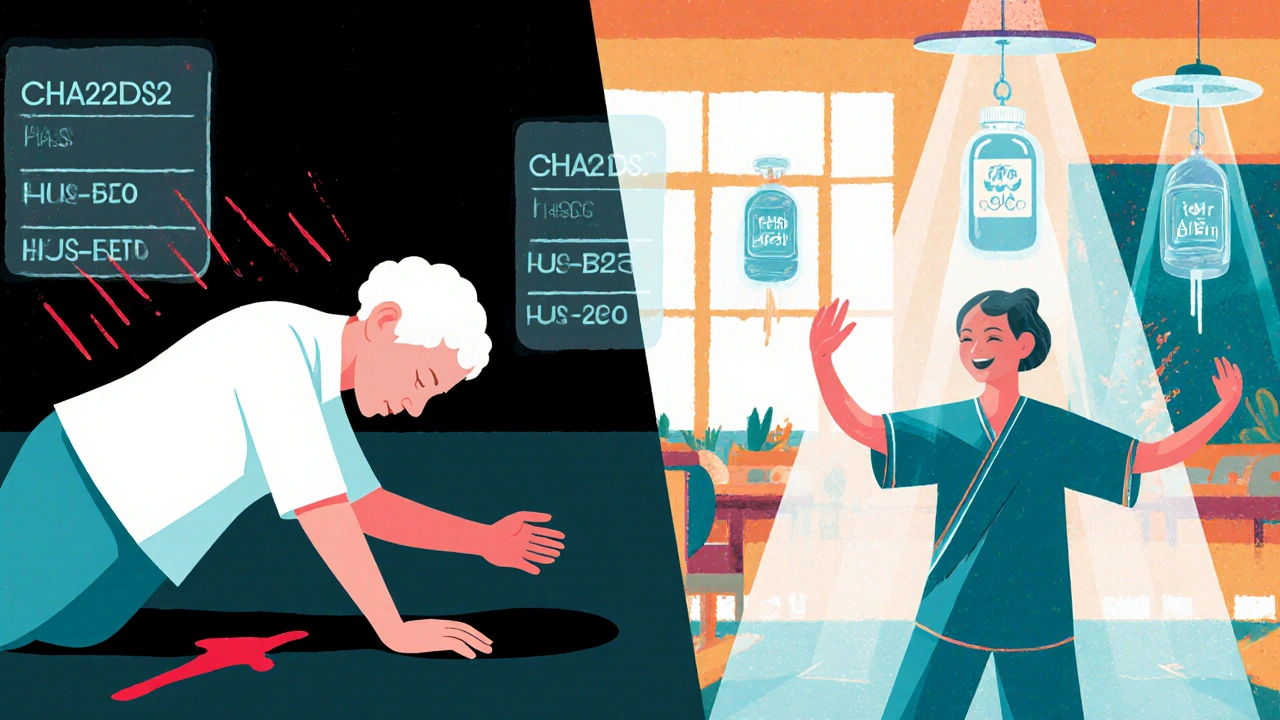
How to Prevent Falls-Without Stopping Your Medication
The real solution isn’t stopping your blood thinner. It’s stopping the falls.
Start with a full fall risk assessment. This isn’t just a quick check-it’s a 30- to 60-minute review that includes:
- Medication review: Are you on sedatives, sleeping pills, or blood pressure meds that make you dizzy? Some can be stopped or lowered.
- Gait and balance test: The Timed Up and Go test measures how fast you stand, walk 3 meters, turn, and sit back down. If it takes more than 12 seconds, you’re at high risk.
- Vision check: Outdated glasses? Cataracts? Poor vision is a major fall trigger.
- Home safety: Remove loose rugs, install grab bars in the bathroom, add nightlights, clear clutter.
- Orthostatic hypotension: Do you feel lightheaded when standing? That’s a sign your blood pressure drops too fast. Your doctor can adjust meds or recommend compression stockings.
Exercise matters more than you think. Tai Chi, balance training, and strength workouts reduce falls by up to 40%. Many community centers offer free programs for older adults. Ask your doctor for a referral.
Don’t ignore mobility aids. A cane or walker isn’t a sign of weakness-it’s a tool. If you’ve fallen before, using one reduces your chance of falling again by half.
When to Reconsider Anticoagulation
There are only a few real reasons to avoid anticoagulants:
- Active bleeding (like a stomach ulcer or recent major surgery)
- Severe uncontrolled high blood pressure (systolic over 180 mmHg)
- A known bleeding disorder
That’s it. Frailty? Age? History of falls? These are not reasons. Even in very elderly patients, the benefit of stroke prevention lasts longer than most people think. One study showed that even in patients over 90, anticoagulation still reduced stroke risk without increasing death from bleeding.
The only exception? If you’re in the final months of life, with a life expectancy under a year, and your stroke risk is low. In those rare cases, the focus shifts to comfort-not long-term prevention.
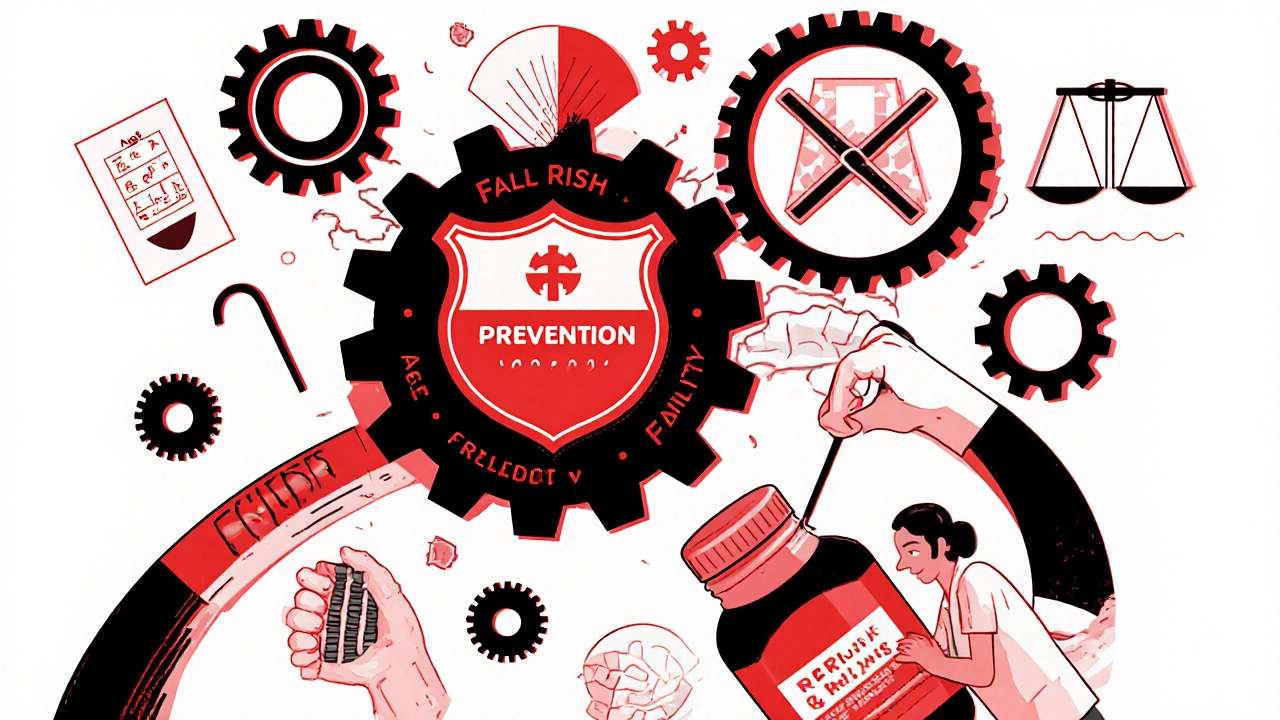
What Your Doctor Should Be Doing
Too often, doctors make decisions based on fear, not data. You should expect your doctor to:
- Calculate your CHA2DS2-VASc and HAS-BLED scores
- Explain why you need the drug, not just hand you a prescription
- Recommend a falls assessment and refer you to physical therapy or occupational therapy
- Choose a DOAC over warfarin unless you have mechanical heart valves or severe kidney disease
- Not reduce your DOAC dose unless your kidney function is below 15-30 mL/min
If your doctor says, "We can’t prescribe this because you fall," ask: "What’s my stroke risk? What’s my actual bleeding risk? Is there a way to prevent falls instead?" If they can’t answer, get a second opinion.
Real Stories, Real Outcomes
Mr. H, 78, had AFib and a CHA2DS2-VASc score of 3. He’d fallen twice in the past year. He chose not to take a blood thinner because he was scared. Six months later, he had a stroke. He lost the use of his right arm. He didn’t die-but his life changed forever.
Compare that to Mrs. L, 84, with the same score. She had a history of falls, too. But her doctor referred her to a geriatric falls clinic. They found she was on three unnecessary sedatives. Her home had no grab bars. She started Tai Chi twice a week. She got a cane. Her falls dropped from three a month to one every six months. She stayed on apixaban. She’s still living independently, walking her dog, and traveling to visit her grandchildren.
The difference? One person was scared into inaction. The other was empowered with a plan.
What You Can Do Today
You don’t need to wait for a doctor’s appointment to start protecting yourself.
- Know your CHA2DS2-VASc score. If you don’t know it, ask your doctor.
- If you’re on warfarin, ask if switching to a DOAC is right for you.
- Check your home for hazards: loose rugs, poor lighting, cluttered hallways.
- Review all your meds with your pharmacist. Ask: "Which ones could make me dizzy?"
- Start a simple balance exercise: stand on one foot for 10 seconds, three times a day. Use a chair for support.
Anticoagulants aren’t the enemy. Fear of falling is. But fear can be managed. With the right tools, the right team, and the right mindset-you can stay safe, stay independent, and stay alive.
Should I stop my blood thinner if I fall often?
No. Falling often does not mean you should stop anticoagulants. The risk of stroke from untreated atrial fibrillation is far greater than the risk of bleeding from a fall. Studies show you’d need to fall nearly 300 times a year for bleeding risk to outweigh stroke prevention benefits. Instead of stopping your medication, focus on preventing falls through balance exercises, home safety changes, and medication review.
Are DOACs safer than warfarin if I’m at risk of falling?
Yes. DOACs (like apixaban and rivaroxaban) reduce the risk of brain bleeding by 30% to 50% compared to warfarin. They don’t require regular blood tests and are less affected by diet or other medications. For people at risk of falling, DOACs are the preferred first-line treatment unless you have a mechanical heart valve or very severe kidney disease.
Can I reduce my DOAC dose to lower bleeding risk?
No. Lowering the dose of a DOAC does not significantly reduce bleeding risk, but it does reduce its ability to prevent strokes. The 2023 European Geriatric Medicine review explicitly advises against this practice. Always take the full prescribed dose unless your kidney function is severely impaired (creatinine clearance below 15-30 mL/min).
What’s the best way to prevent falls while on blood thinners?
A full multifactorial assessment is key: review medications that cause dizziness, test your balance with a Timed Up and Go test, check your vision, remove home hazards like rugs and poor lighting, and use a cane or walker if needed. Regular balance exercises like Tai Chi can reduce falls by up to 40%. Talk to your doctor about a referral to physical or occupational therapy.
Is it ever okay to avoid anticoagulants because of fall risk?
Only in rare cases: if you have active bleeding, uncontrolled high blood pressure (systolic over 180 mmHg), or a known bleeding disorder. For most people-even those who fall often-stroke prevention benefits outweigh bleeding risks. Avoiding anticoagulants due to fall risk alone is no longer considered appropriate medical practice by major health organizations.
How do I know if I need a blood thinner for AFib?
Your doctor calculates your CHA2DS2-VASc score, which includes factors like age, high blood pressure, diabetes, heart failure, and prior stroke. A score of 2 or higher in men (or 3 or higher in women) means you have moderate to high stroke risk and should be on anticoagulation, regardless of fall risk. If you don’t know your score, ask for it.
Staying on your anticoagulant isn’t about ignoring risk-it’s about managing it wisely. The goal isn’t to never fall. It’s to live well, stay independent, and avoid a stroke that could end everything.
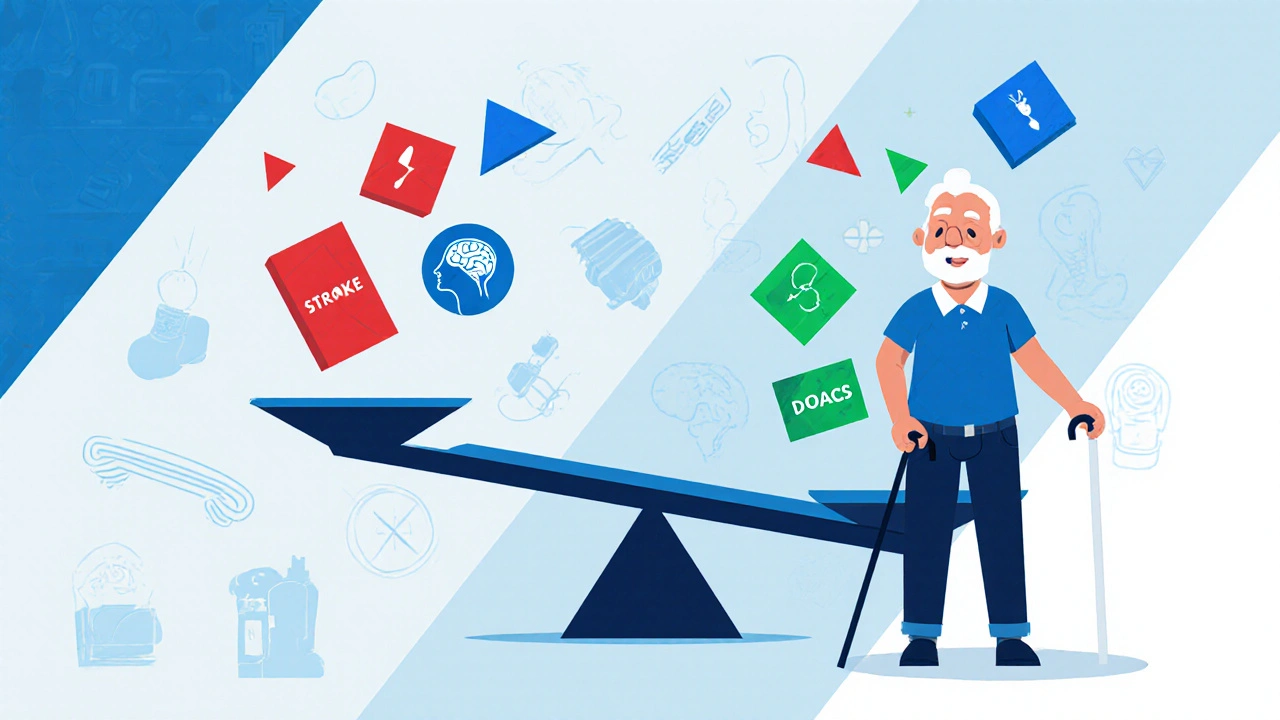

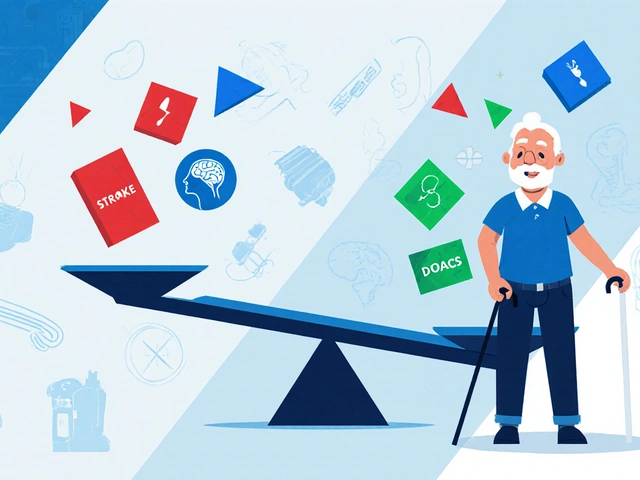
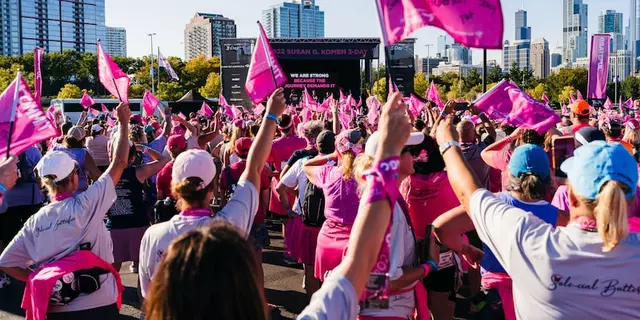

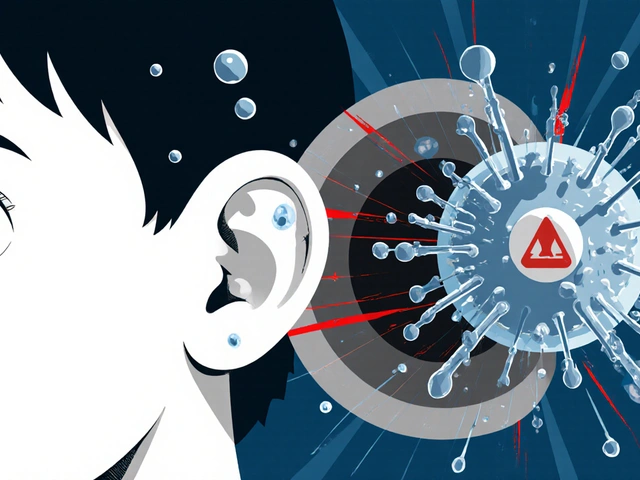
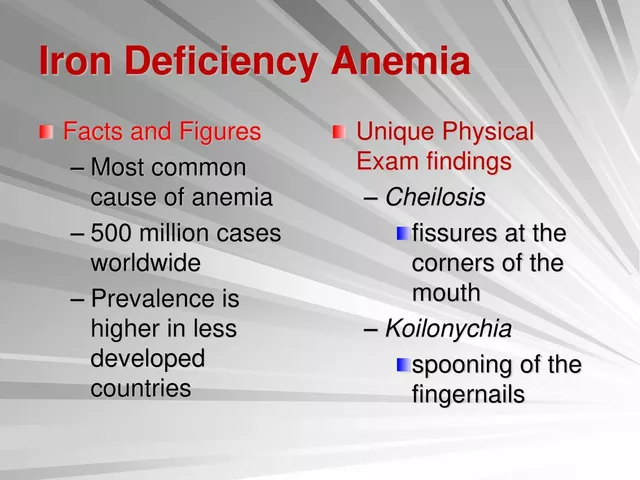
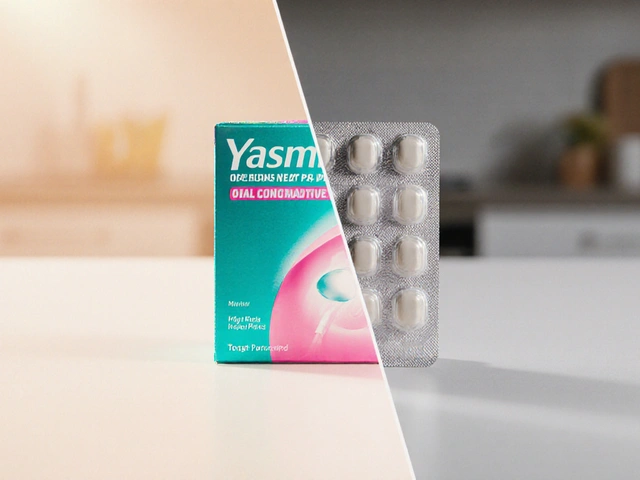

Ryan Masuga November 11, 2025
Finally someone says it loud and clear. I’ve seen so many older folks get scared off blood thinners just because they tripped over a rug. But stroke doesn’t care if you’re careful-it just hits. DOACs are way safer than warfarin, and if you’re falling, fix the environment, not the meds.
William Priest November 12, 2025
Wow. Just… wow. You clearly didn’t read the 2023 ESGM guidelines properly. The data’s not even close to what you’re claiming. You’re conflating population-level stats with individual risk. And don’t even get me started on the ‘300 falls/year’ nonsense-that’s statistically absurd and clinically meaningless. Also, ‘DOACs are safer’? Sure, if you’re not a 92-year-old with CrCl 25 and on 3 other meds. But hey, keep preaching to the choir, doc.
Jennifer Bedrosian November 14, 2025
OMG I just cried reading this like who even IS this person?? I’m 76 and fell last year and my dr said no blood thinner and I was so scared but now I feel like I’ve been lied to my whole life 😭 I’m gonna call my dr tomorrow and demand a DOAC and a balance test and maybe even a cane like I’m not weak I’m SMART
Lashonda Rene November 15, 2025
I’ve been on apixaban for three years now and I’ve fallen three times total and I’m 81 and I live alone and I walk my dog every morning and I don’t feel like I’m in danger and I don’t think people should be scared to take these meds because of one bad fall or even two but I do think people should check their house for rugs and make sure their glasses are right and maybe do some of those chair exercises I saw on YouTube and I think the doctor should help you with that not just hand you a script and say good luck
Andy Slack November 16, 2025
THIS. RIGHT. HERE. If you’re not doing balance work, you’re doing yourself a disservice. Tai Chi isn’t just for monks-it’s for grandmas who want to keep dancing at weddings. Get moving. Get assessed. Don’t let fear write your prescription.
Rashmi Mohapatra November 18, 2025
So you say fall risk is not a reason to stop anticoagulants but what about people like me who live in India where no one has access to DOACs or physical therapy or even proper vision checkups? You sound like a rich American doctor talking down to poor people who just want to live without dying from stroke or bleeding out from a fall
Abigail Chrisma November 18, 2025
Thank you for writing this with so much heart. I’m a nurse in a rural clinic and I see this every day-patients terrified of bleeding, doctors terrified of liability. We need more voices like yours to help shift the culture. You’re not just sharing facts-you’re giving people permission to live.
Ankit Yadav November 18, 2025
Good post. But I think we need to talk about cost. DOACs are expensive. In India, many people still use warfarin because it’s cheap. Maybe we need policies to make DOACs accessible, not just tell people to switch. Also, balance training should be part of public health programs. Not just for the rich.
Meghan Rose November 18, 2025
I’m sorry but I have to call this out-this is dangerously oversimplified. You say ‘fall risk isn’t a reason’ but what about someone with dementia who falls 5 times a week? Or someone with liver disease? Or someone who lives in a house with stairs and no railings and refuses to fix it? You’re ignoring real-world complexity. Not everyone can do Tai Chi. Not everyone has a doctor who listens. This reads like a marketing brochure.
Steve Phillips November 19, 2025
Oh. My. GOD. Another one of these ‘DOACs are magic bullets’ thinkpieces. Let me guess-you also think vitamin C cures cancer and walking barefoot on grass fixes hypertension? You’re weaponizing cherry-picked stats to push a pharmaceutical agenda. And ‘300 falls a year’? That’s not math, that’s fantasy. Also, why are you so angry? Are you on a DOAC? Are you being paid by Pfizer? Just asking.
Rachel Puno November 20, 2025
My mom was on warfarin for years and she had a brain bleed after a fall. We were devastated. Then we switched her to apixaban after a geriatric consult and she’s been fine for 4 years. She does balance exercises every morning. She has grab bars. She doesn’t take sleeping pills anymore. It’s not about the drug-it’s about the whole plan. You’re right: fix the fall risk, don’t stop the medicine.
Clyde Verdin Jr November 20, 2025
LMAO. So now we’re supposed to believe that falling doesn’t matter? What’s next? ‘Don’t worry about smoking, your DOAC will fix your lungs’? This is pure nonsense. People die from brain bleeds. Real people. Not stats. Your ‘300 falls’ thing is just a distraction. You’re avoiding the real issue: we’re overmedicating the elderly and pretending tech fixes everything. Wake up.
Key Davis November 22, 2025
While the sentiment expressed herein is commendable, the underlying assumption-that clinical decision-making can be reduced to algorithmic scoring systems-risks undermining the nuanced, patient-centered approach that remains the cornerstone of geriatric care. The CHA₂DS₂-VASc and HAS-BLED tools are valuable, yet they must be contextualized within the individual’s functional status, social support, and personal values. To dismiss fall risk entirely as a non-factor is, in my professional opinion, a misstep of clinical judgment. A multidisciplinary approach, inclusive of physical therapy, occupational therapy, and pharmacologic review, remains indispensable. One must not confuse statistical probability with individualized risk-benefit analysis.